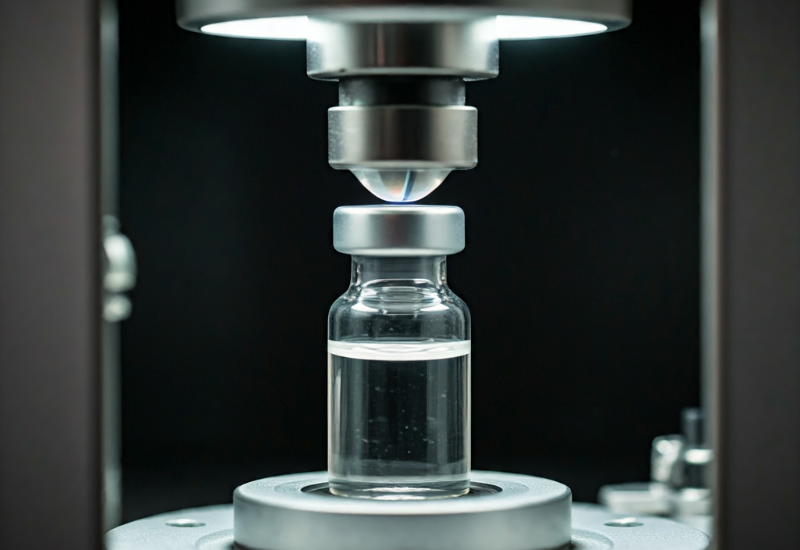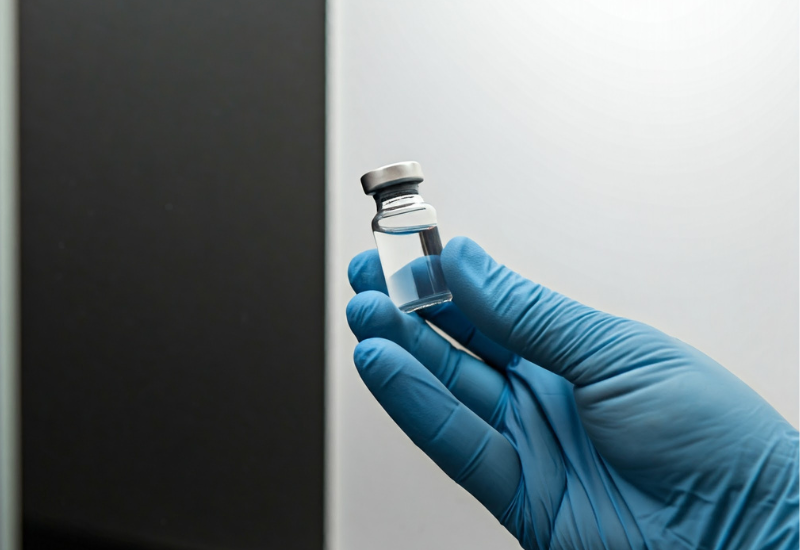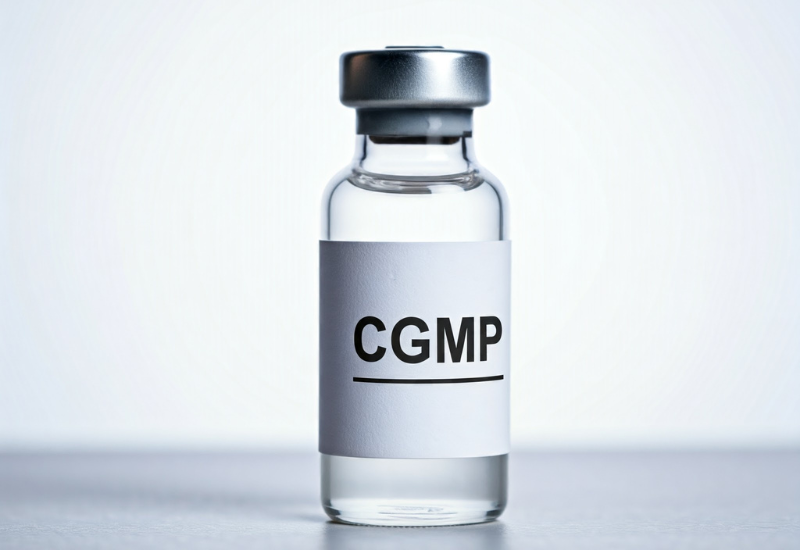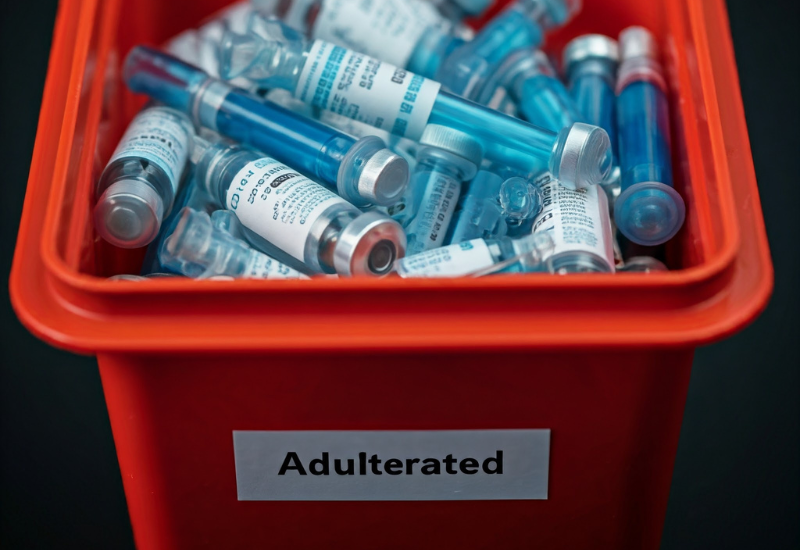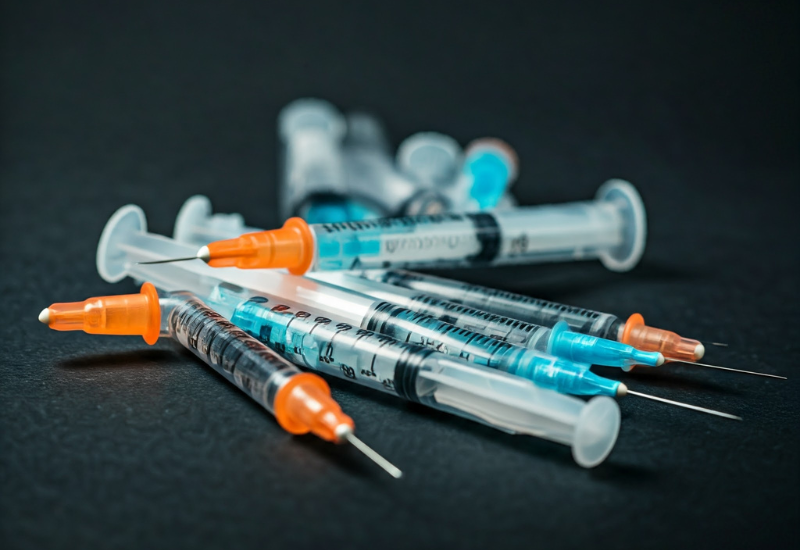“The purpose of the corrective and preventative action subsystem is to collect information, analyze information, identify and investigate product and quality problems, and take appropriate and effective corrective and/or preventative action to prevent their recurrence.”
Implementing a Corrective and Preventive Action (CAPA) to address issues in your visual inspection program is a critical step in ensuring product quality and compliance with regulatory standards. However, organizations often make mistakes during CAPA implementation that can lead to incomplete resolutions, recurring issues, or even non-compliance during audits. Here are five common mistakes and tips on how to avoid them:
1
Inadequate Data Collection and Analysis
One of the most common pitfalls is failing to collect enough data or not analyzing the data properly. Without accurate and comprehensive data, it’s challenging to understand the scope of the problem or measure the effectiveness of the CAPA.
- Ensure that your data collection methods are robust and cover all aspects of the visual inspection process. This includes data from equipment performance, inspector training records, environmental conditions, and defect rates.
- Utilize statistical tools and trend analysis to identify patterns and root causes. Ensure that data integrity is maintained throughout the process to prevent any gaps in understanding the problem’s extent.
2
Superficial Root Cause Analysis
Another frequent error is performing a superficial root cause analysis that only scratches the surface of the issue. When the root cause is not correctly identified, the CAPA will address symptoms rather than the underlying problem, leading to recurring issues.
- Use a structured approach to root cause analysis, such as Fishbone Diagrams, 5 Whys, or Failure Mode and Effects Analysis (FMEA). These tools can help dig deeper into potential causes.
- Involve cross-functional teams to provide different perspectives and ensure that all possible causes are considered. Once identified, validate the root cause with data and evidence to ensure it’s the true cause before developing the CAPA Plan.
3
Not Including the Right People
Failing to involve the right personnel in the CAPA process can lead to a lack of crucial insights or a disconnect between CAPA actions and actual operations. Often, only quality assurance or regulatory personnel are involved, while those directly handling visual inspection are left out.
- Include a multidisciplinary team in the CAPA process, including personnel from production, quality assurance, engineering, training, and even supply chain if needed.
- Individuals who are directly involved in the visual inspection process should be part of the team, as they can provide valuable input on practical challenges and potential improvements. Their involvement also fosters ownership and buy-in, increasing the chances of successful CAPA implementation.
4
Lack of Stakeholder Support
Implementing a CAPA without the full support of key stakeholders can result in resistance, poor resource allocation, or a lack of urgency, all of which can hinder the effectiveness of the CAPA.
- Engage stakeholders early in the CAPA process and maintain open communication throughout.
- Clearly articulate the potential risks of not addressing the visual inspection issue and the benefits of a successful CAPA. Ensure that senior management understands the importance of the CAPA and is willing to allocate the necessary resources and support. Regular updates and feedback loops can help keep stakeholders aligned and committed.
5
Poor Documentation Practices
- Inadequate documentation is a common mistake that can lead to audit findings, delays in CAPA closure, and an overall lack of transparency. If CAPA actions, timelines, responsibilities, and outcomes are not well-documented, it becomes difficult to track progress and verify effectiveness.
- Maintain comprehensive and accurate documentation throughout the CAPA process. This should include records of meetings, root cause analysis, action plans, timelines, roles and responsibilities, and verification of effectiveness.
- Utilize CAPA management software or systems to track actions and ensure that all documentation is complete and up-to-date. Regular internal audits of CAPA documentation can help identify gaps and improve the process.
Conclusion
Implementing an effective CAPA for visual inspection issues is essential for maintaining product quality and regulatory compliance. By avoiding these common mistakes, you can ensure a more effective CAPA process. Remember, a well-executed CAPA not only resolves the immediate issue but also prevents future occurrences, ultimately contributing to a more robust and reliable visual inspection program.




